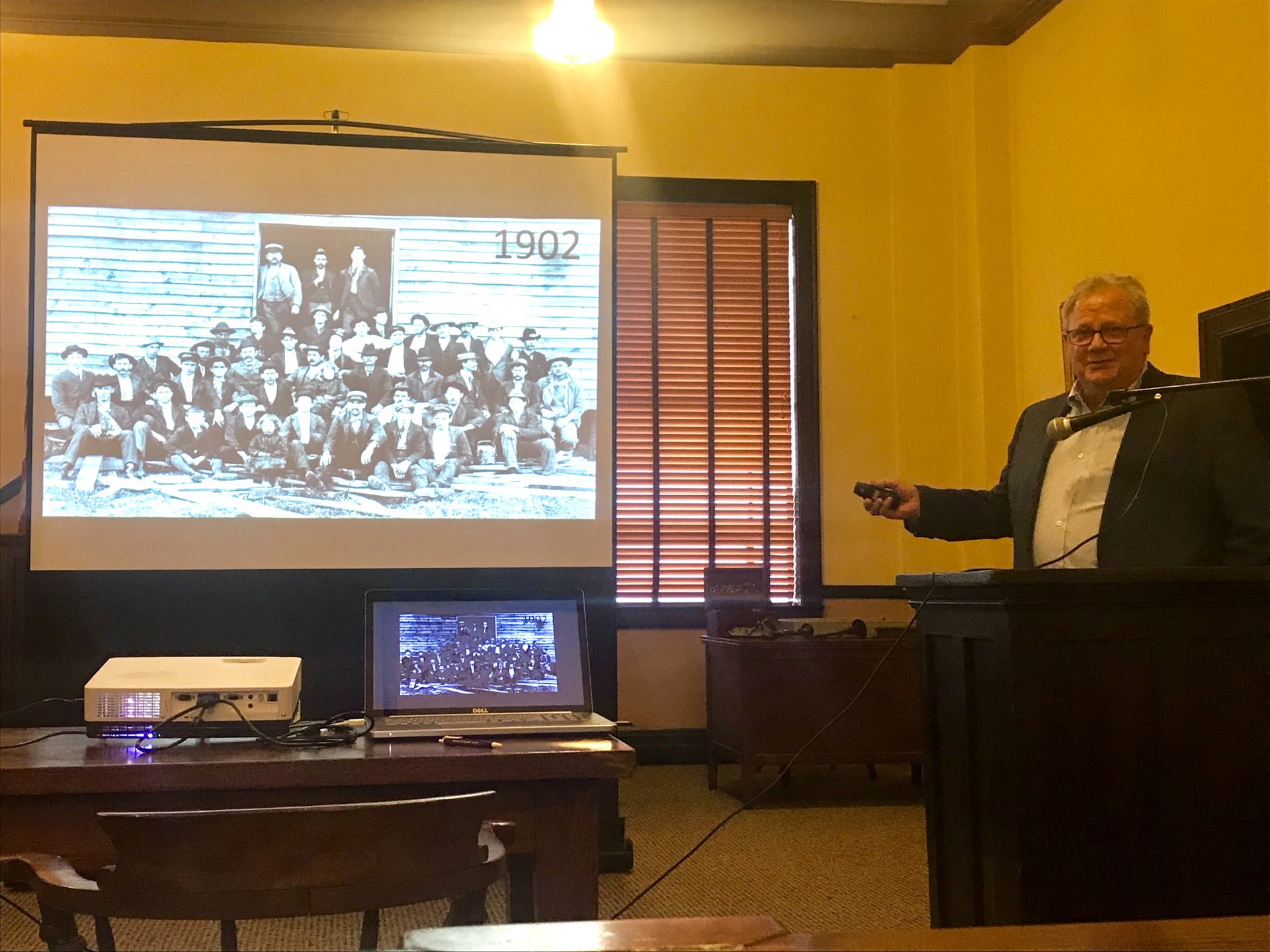
By Brandon Martin
As I averted my gaze to avoid the sight of my own reflection from the polished finish of the wooden furniture in front of me at the old Henry County Courthouse in Uptown Martinsville, I couldn’t help but wonder how I ended up there.
It was a Saturday and the weather was passable. It also was Founder’s Day, and this year, the Martinsville-Henry County Historical Society (MHCHS) used the occasion to honor furniture workers — past and present — at a ceremony held in the courthouse.
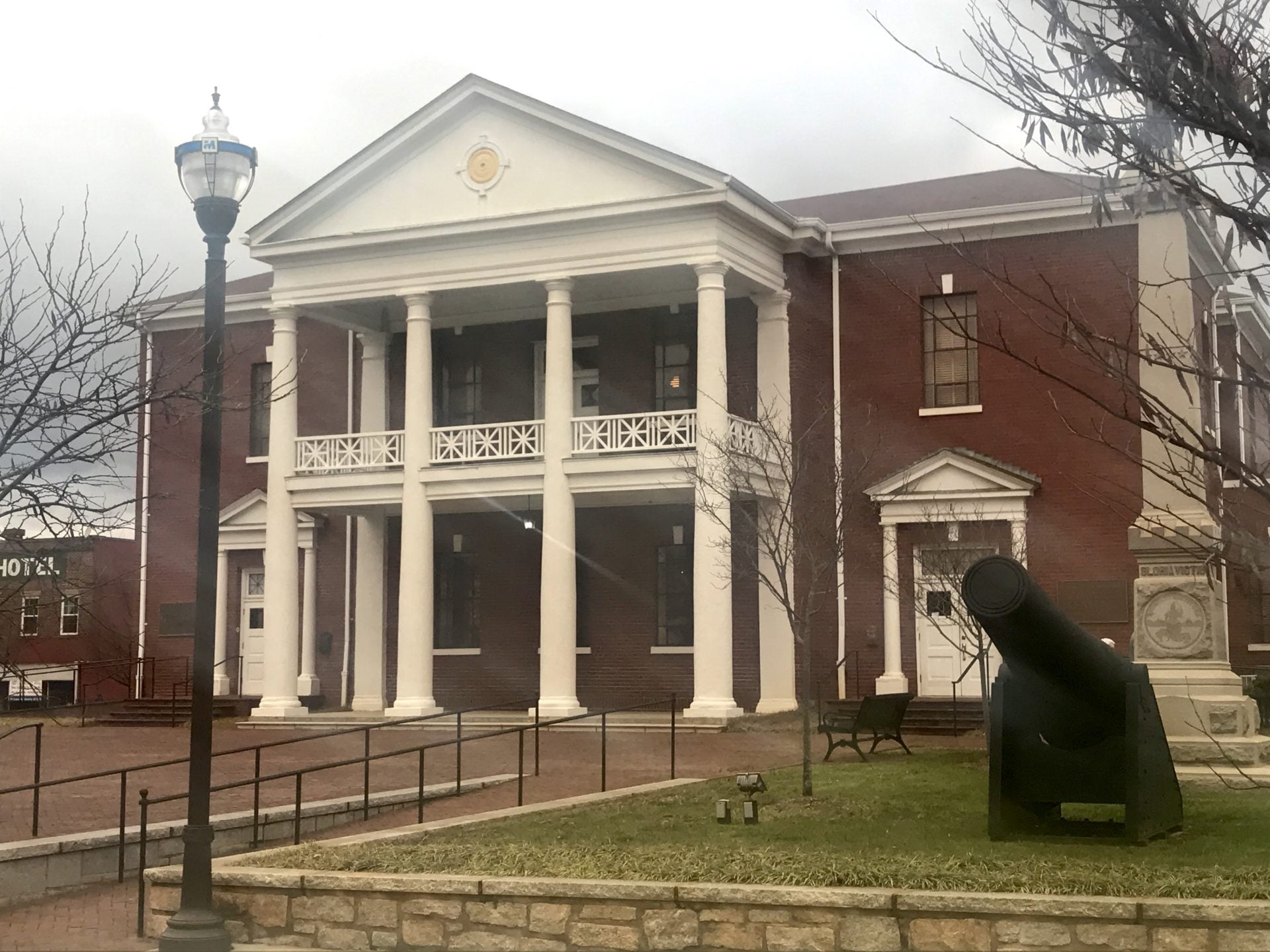
The pews of the historic courthouse were filled from end to end, many to hear Jeb Bassett, vice-president and Chief Operations Officer of Bassett Furniture Industries, who was there as the guest speaker.
I gained a lot of insight on the early founding of Martinsville-Henry County, Bassett Furniture Industries, and a much broader answer to my earlier question of “how I ended up there.”
Furniture manufacturing created legacy in county, city
The courthouse was only about two blocks from the house that I grew up in, but I had never really paid much attention to it. We drove by it on the way to drop me off at middle school or to get to the YMCA. But, to me, it was just some building in the center of a maze of one-way streets.
Most local historians would know that my ignorance of the building did not diminish the significance of the structure to my ancestors.
“In 1776, Patrick Henry who was first elected governor of Virginia, urged the General Assembly to create a new county from Pennsylvania County over to Bedford County. The General Assembly did so in October of 1776, and named the new county Henry in honor of the governor,” said Dr. Barry Dorsey, a member of the MHCHS Board of Directors.
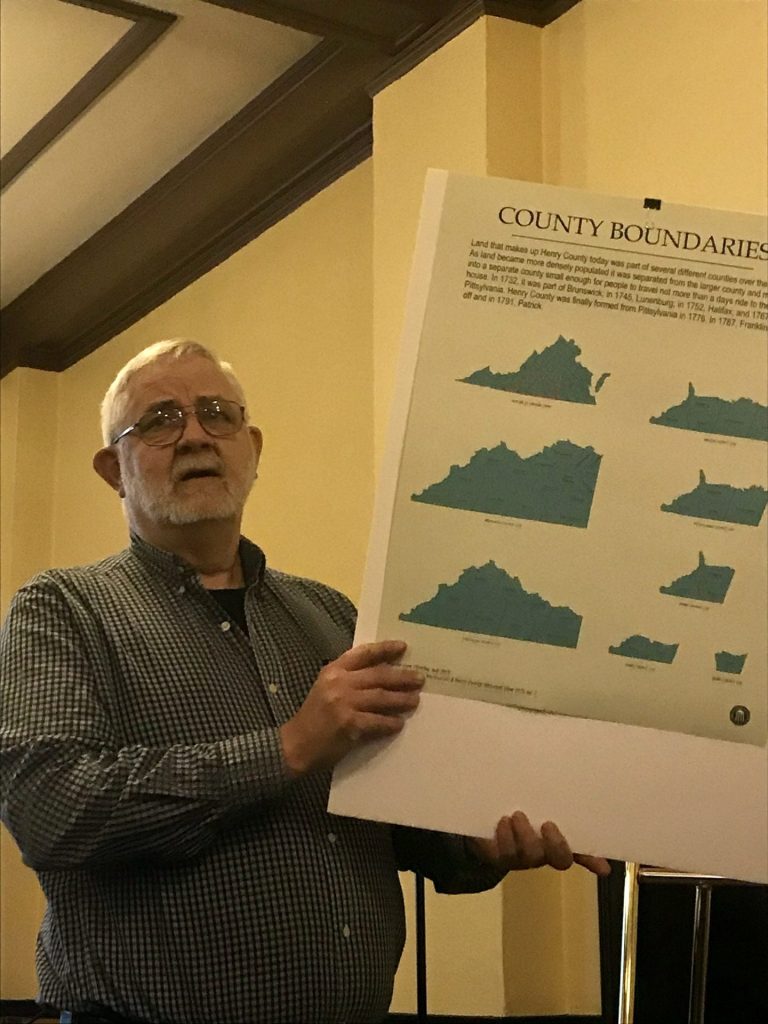
Because the boundaries of a county often shifted when a new county was carved from it, the county’s courthouse moved frequently, according to Dorsey, adding that “at the time, there was a rule that a county seat had to be at the center of a county and not more than a day’s drive by horse from any part of the county.”
From that center, the county would expand, populate and eventually take the form that we recognize today.
Dorsey said that the county has had three major economic transformations in its history: tobacco, furniture and textiles.
Following Dorsey’s explanation of the area’s history, Jeb Bassett expounded on the second economic transformation and his own history, which included how his family ended up here.
According to his story, the Bassett family immigrated to Virginia in the 1600s. Later on, he said “Burwell Bassett bought land from Col. George Hairston in Henry County in about 1790.”
In 1822, John H. Bassett received a large tract of land from his father right along the Smith River and he started the Bassett family farm with his ten children. The community thrived off of wheat, oaks and tobacco since “the river bottoms would flood frequently and that would create really rich soil along the river,” Jeb Bassett said.
Burwell Bassett’s son, John D. (JD) Bassett was born in 1866 and had four children of his own: William McKinley Bassett, John D. Bassett Jr., Ann Bassett and Blanche Bassett.
In 1887, a railway was built from Roanoke to Winston-Salem to transport coal. The train expanded to encompass 122 miles, a feat that took about $2 million to construct over four years.
JD Bassett was operating a mercantile store in the 1890s when he met Col. Francis Fries, president of the Roanoke Southern Railway, according to Jeb Bassett.
As Fries continuously traveled from Winston-Salem to Roanoke, he secured the right-a-ways for the railroad.
“Fries frequently stayed either at JD’ s home or store. They struck up a great friendship. The family offered the right-a-way for the railway, right through the family farm. As Col. Fries was acquiring the right-a-ways, he suggested to JD that the family should get involved in the sawing business. Farming started to become less important. The lumber yard was more important,” Jeb Bassett said.
He added that lumber sales expanded to New York and Michigan, where all the furniture production was at the time.
“While he, (JD), was selling the lumber, he was in the factories seeing the process and learning the furniture business. It was discussed, that perhaps we are on the wrong end of the business. If we can ship lumber from Bassett north, they can make furniture in those northern factories, and ship it back south, pay freight both ways at a profit, then imagine what we could do if we made the furniture right here,” Jeb Bassett said.
In 1902, the Bassett Furniture Company was formed by JD Bassett, Charles Columbus (CC) Bassett, and Reed L. Stone. In 1917, the wood factory was destroyed and replaced with a brick one in the following year.
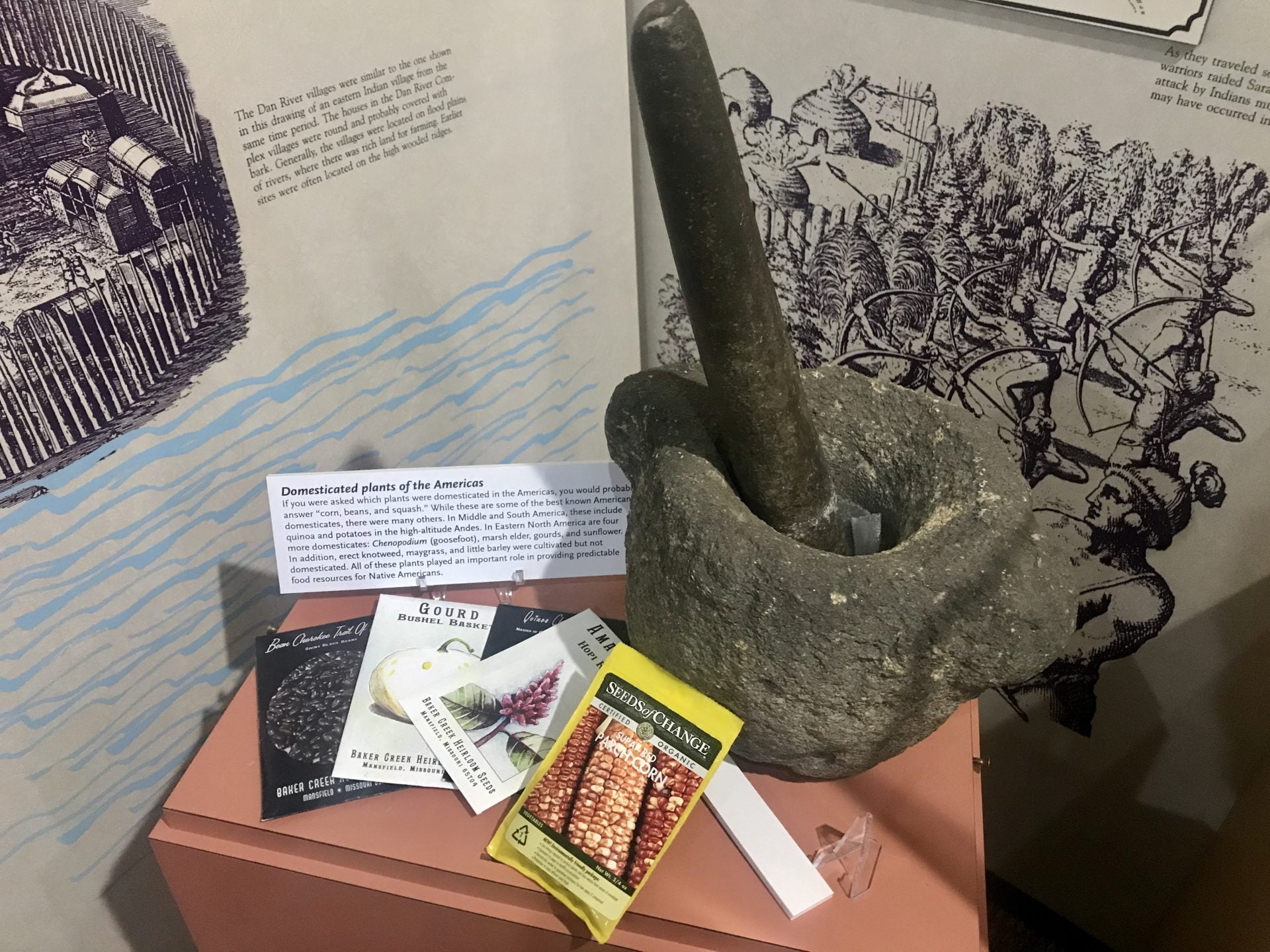
According to Jeb Bassett, “it had two generators. One for the factory and one for the town of Bassett. They weren’t interested in just building a furniture company. They also wanted to build a community.”
He explained how the business began to boom in the 1920s, with sales hitting $1 billion. He said the business started to expand as well, with JD Bassett opening his own factory with Clyde Hooker, who also served as the county’s Secretary of Treasury. The new venture was called JD Bassett Manufacturing.
CC Bassett’s daughter, Maple, eventually married Hooker, and opened Hooker-Bassett Furniture in 1924. In the same year, JD Bassett’s daughter, Ann, married Tom Stanley and opened Stanley Furniture.
“Each of the Bassett companies had their own sales force, their own retail accounts,” Jeb Bassett said. “Competition became as tough on the inside as the outside. It was said that they would break into each other’s showrooms and steal each other’s designs. Then in 1929, the stock market crashed.”
Following an automobile accident in 1930 that killed CC Bassett and his wife, “JD called the family together and everyone put their assets on the table to become one. They became Bassett Furniture Industries in 1930,” Jeb Bassett said.
During World War II, the company largely survived by providing wooden truck beds and supply trucks to troops, Jeb Bassett said.
Following the war, the company’s factories and businesses began to modernize, according to Jeb Bassett, and with modernization came more expansion.
In 1963, Bassett purchased a company in North Carolina called Prestige Furniture Company, and that introduced Bassett into the upholstery business.
“Then started the national advertising,” Jeb Bassett said. “In the late 60s, early 70s, we were recognized as the world’s largest manufacturer of wooden furniture. In 1994, sales hit $511 million. We had 44 facilities in 16 states, 8,500 associates.”
Due to the changing business environment in Asia, Bassett decided to enter the world of retail.
“We agreed that we would only sell them Bassett products in their market. In turn, they would only buy Bassett products. They grew, and grew and grew. It actually got above 130 at one time,” Jeb Bassett said.
The growth happened until the crash in 2008. Jeb Bassett said “there were a lot of tough decisions” and “we had to evaluate each market. A lot of those stores closed and we started buying certain stores back, a little bit at a time. We didn’t plan on owning the retail stores, but now we own a majority of them. Imports grew to be well over 50 percent of our product line. We had to do that to survive,” he added.
As time went on, the economy improved and so did some of the businesses that initially were adversely affected.
“I’m proud to say that today, less than 23 percent of our product in imported. So 77 percent of everything that we make today is made in the USA. Upholstery sales make up 65 percent of our business. Wood and case goods are 35 percent of the business. We have over 100 stores today. We have over 2,600 associates. Our revenues are in excess of $450 million. We are 118 years old and we are on our 5th generation of the family,” Jeb Bassett said.
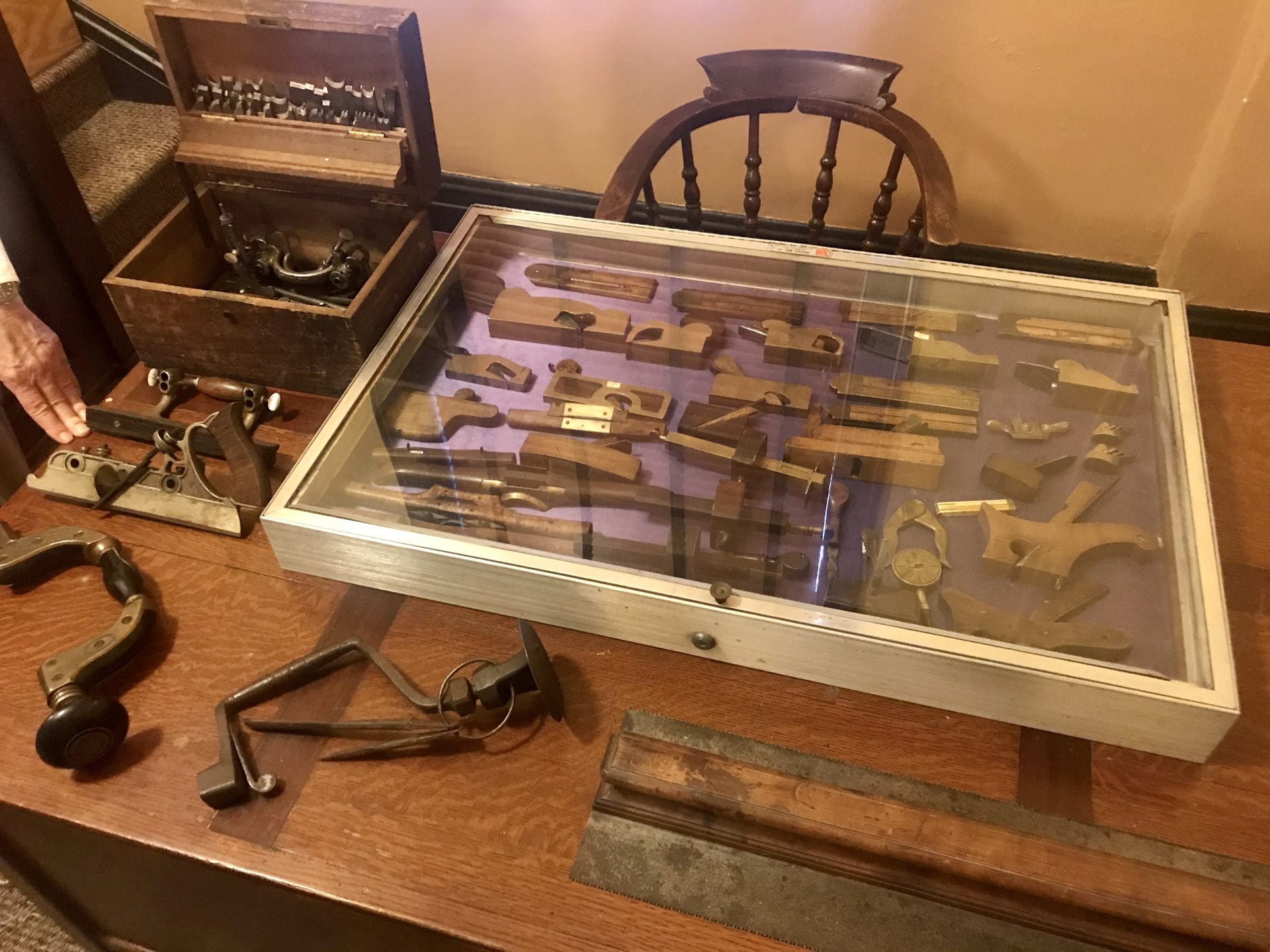
Looking at the success of the Bassett family and hearing about their lineage in the area caused me to reconsider how they affected my own life. I thought about how a lot of my family grew up working in the furniture factories, and how they passed it down to their own kids. I thought about the wooden Hooker dinner table that I could barely peak over as a child.
It wasn’t just me for me either. My story is similar to a lot of others from Martinsville and Henry County — a point that was driven home by the day’s final speaker, Andy Doss, who spoke about the people that worked in these factories.
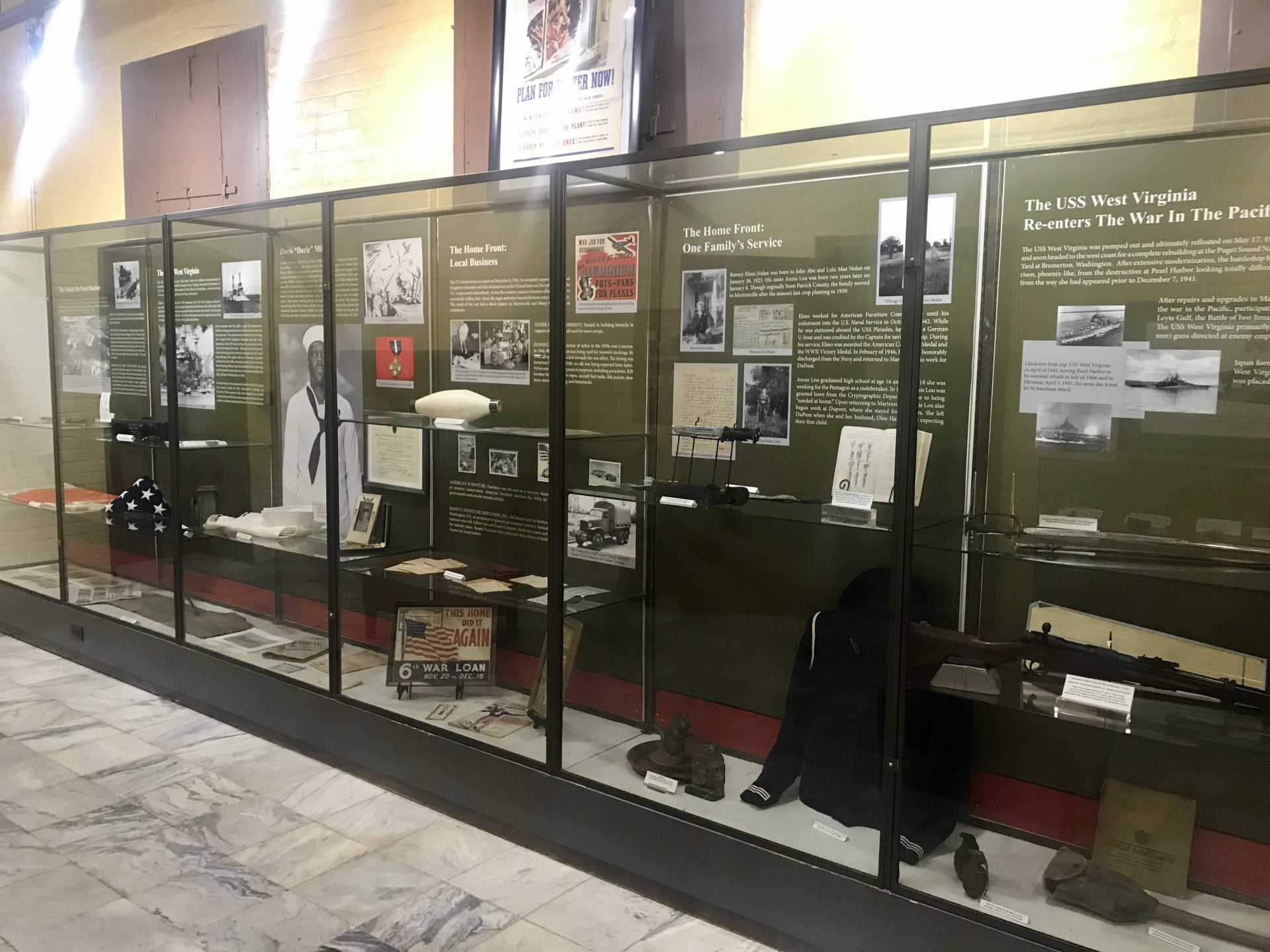
“I was born and raised in Bassett, so as you can imagine the furniture business has really touched my life in many ways,” said Doss, who works as senior systems programmer at Bassett Furniture. “My mother retired from the Bassett main office. My grandfather retired after 50 years from JD Plant 1. My great grandfather helped build JD Plant 1 and then he went to work there.”
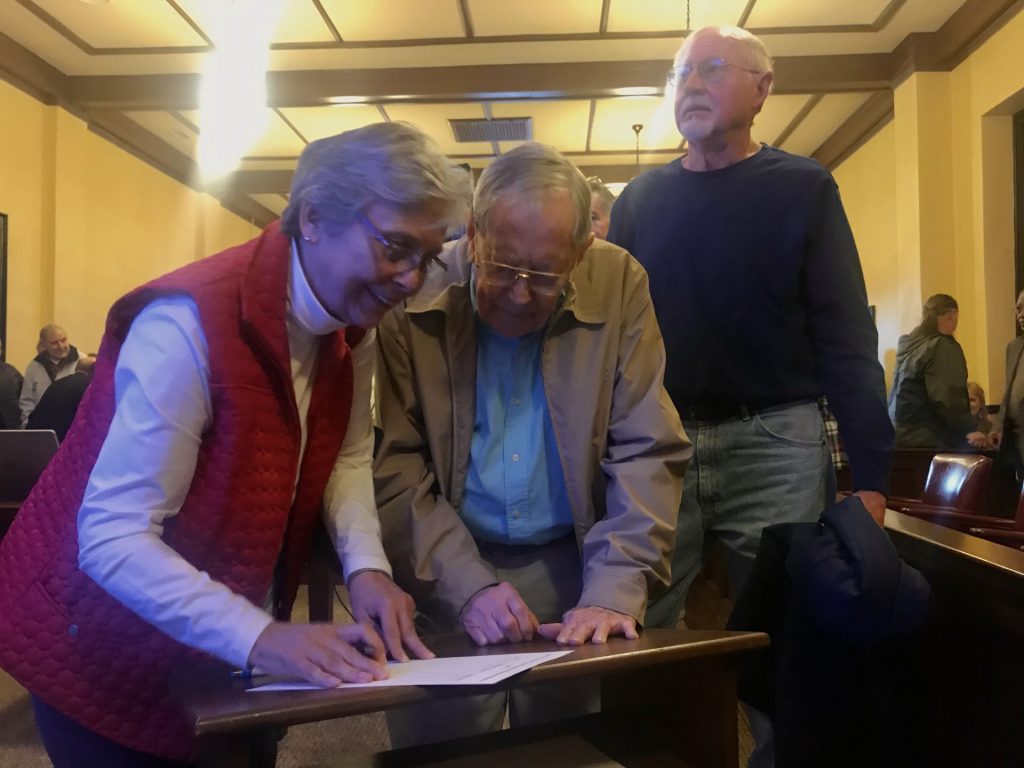
Doss asked attendees to raise their hands if they weren’t related to someone that had worked in the furniture business. Glancing around the room, I saw only see a few hands in the air.
“A majority of the room has been touched by the industry in some way,” Doss said. “Just about everyone that I know has worked in a factory. When we think of the people that worked in factories, a thought comes to my mind. Furniture legacy. Sure, we may pass the pieces of physical furniture down, but the legacy of the people, those are the stories that live and those are the stories that breathe.”
Doss read quotes from people that worked in the furniture business. The tapestry that he created with those words helped weave together what I had pondered throughout the presentation.
The worker’s words told the story of furniture in Henry County, they told the story of the Bassetts, they told the story of you, they told the story of me and they told the story of a resilient community that continues to build for the future.




